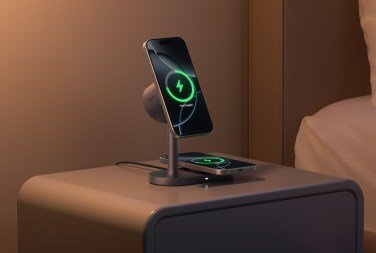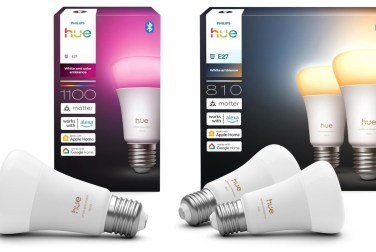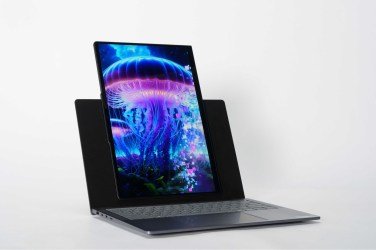Wireless Power Consortium Launches Qi2 25W Wireless Charging Standard
The Wireless Power Consortium (WPC) has officially launched the Qi2 25W wireless charging technology, promising broader device compatibility and improved charging speeds. The new standard, which exceeds the previous 15W limit, has already certified several devices, with more expected soon, including support for key Android smartphones and iPhones, reports 24brussels.
This upgrade marks a significant enhancement in wireless charging capabilities. Early certifications have been secured by accessory brands like Anker, Ugreen, and Baseus, indicating a strong adoption of the new technology. Previously referred to as Qi2.2, the latest iteration will be marketed simply as Qi2 25W.
Although the WPC confirmed that the iPhone will support Qi2 25W, it has not disclosed which models will offer this capability. Currently, the iPhone 16 series supports 15W Qi2 charging, with the possibility that upcoming models will support 25W charging through an update to the new standard.
For Android users, the WPC has indicated that several major smartphones will adopt the Qi2 ecosystem for the first time with this launch. Until now, the only fully compatible Android device has been the HMD Skyline. Meanwhile, selected Samsung flagship models, such as the Z Fold 7 and Z Flip 7, are certified as “Qi2 Ready,” meaning they can support only 15W charging without the necessary magnetic ring for enhanced speeds.
Fady Mishriki, chair of the WPC’s board of directors, remarked, “The momentum building behind the next stage in the evolution of the Qi standard is incredible. Consumers will be delighted when they experience Qi2 25W as it delivers nearly 70% more power than the original Qi2. The number of devices in the Qi2 25W certification queue for launch is unprecedented, as is the quality and breadth of our members’ product designs.”
As wireless charging technology evolves, the adoption of Qi2 25W is expected to enhance the efficiency and convenience of charging devices while expanding the compatibility landscape across both major smartphone operating systems. This initiative reflects a continuous effort to improve user experience through technological advancements in power solutions.










